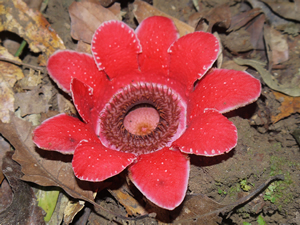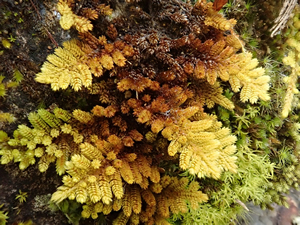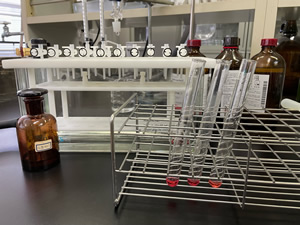Flowering plants: Floristic Inventory in Myanmar
Clarifying the overall picture of what kind of plants grow in a certain area is called flora research, and the publication that summarizes it is called flora (botany). Myanmar is the only country in Southeast Asia that does not have this botanical journal, and is lagging behind in plant diversity research.
What kinds of plants grow in Myanmar, where the environment shows incredible diversity? We will introduce the newly discovered plants in the field survey so far.
Field works
Plant specimens are made by pressing flat and drying. In the field, a collapsible specimen drying frame is assembled in the field with a heat source underneath for drying.
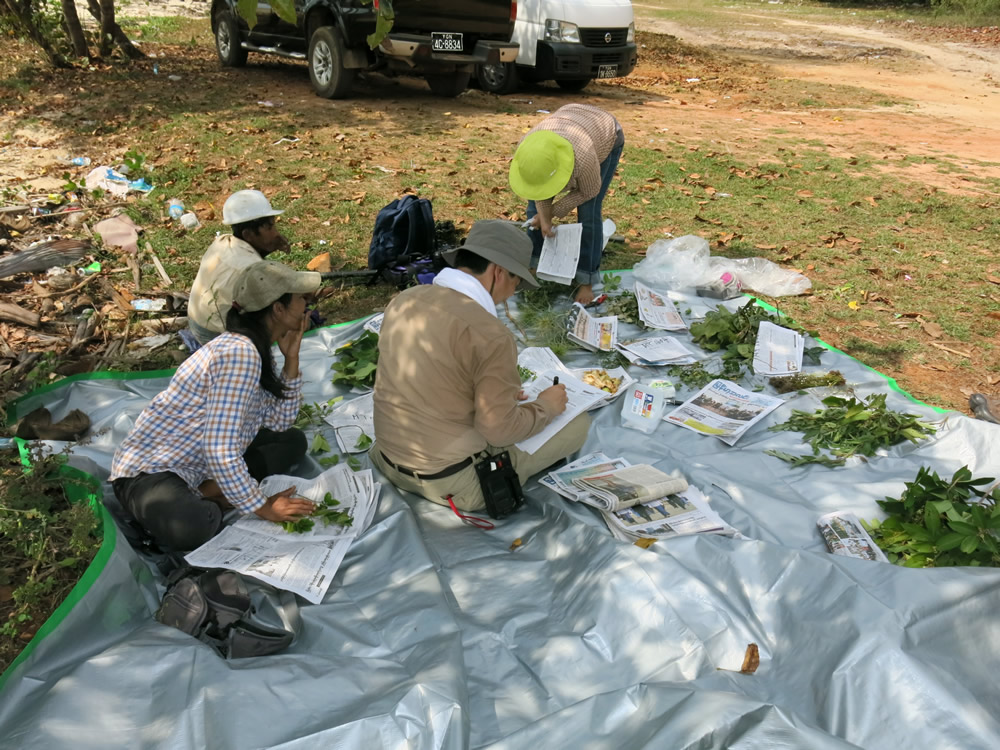
Pressing specimens in the field, Dawei, Tanintharyi Region.

1 mm-thick aluminum specimen drying frame for field work.
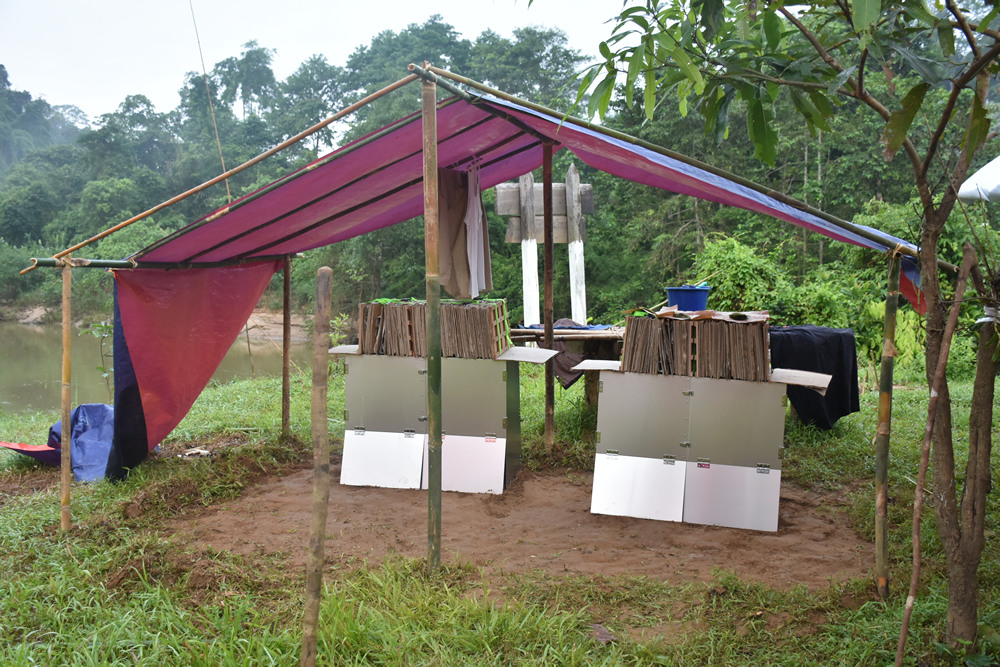
Drying specimens along the branch of the Chindwin River, northern Sagaing Region.
Flowering plants
New taxa recently described from Myanmar
1.Zingiberaceae
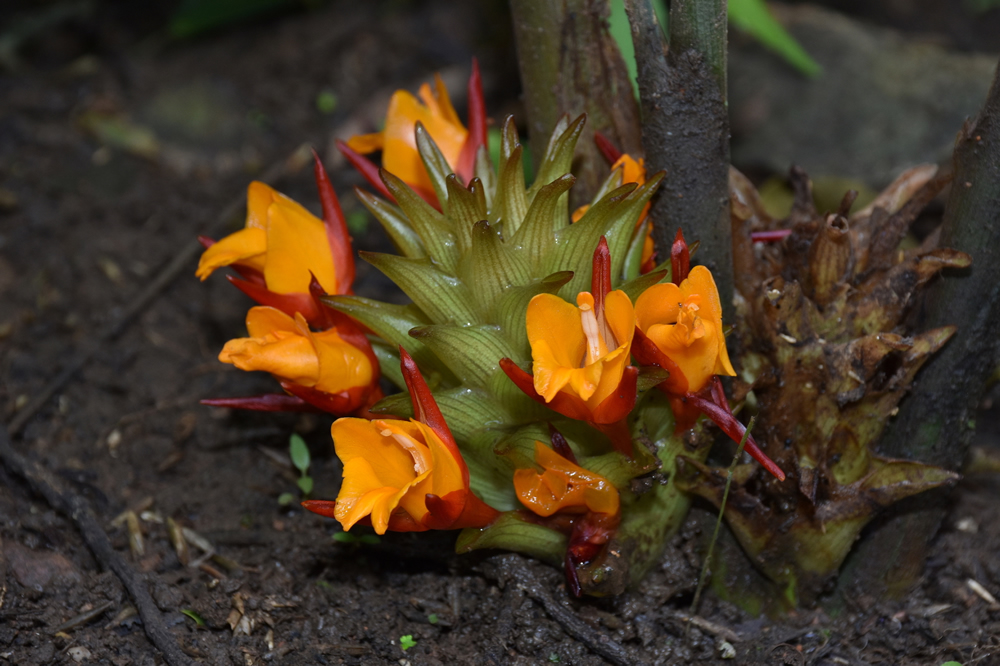
Curcuma kayahensis Nob.Tanaka & M.M.Aung
Curcuma kayahensis discovered from Karen Hills, Kayah State, Myanmar.
Published in Phytotaxa 387: 246 (2019)
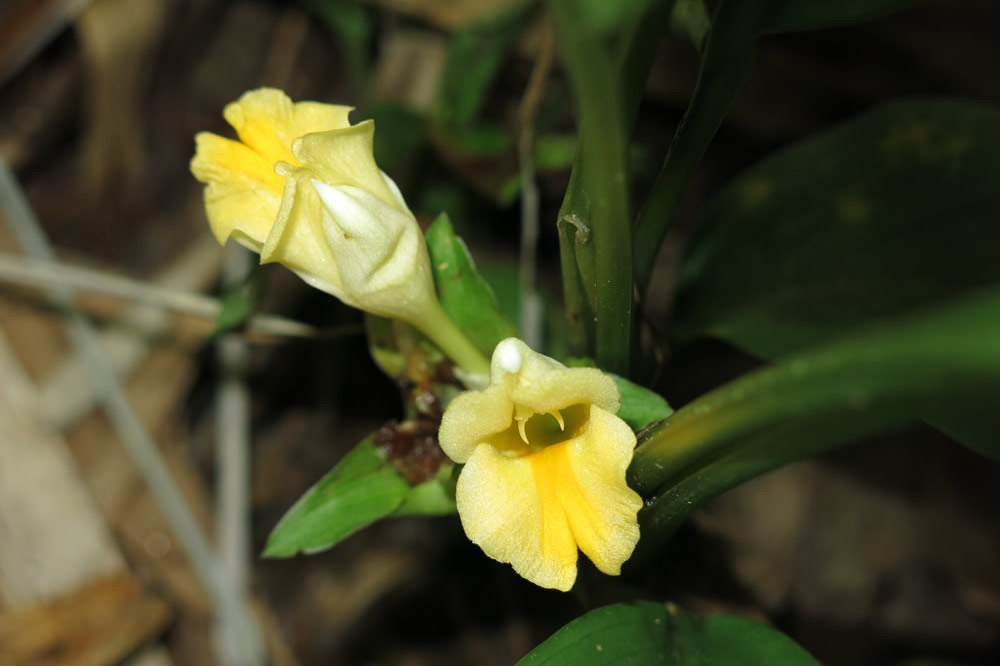
Curcuma stolonifera Nob.Tanaka & M.M.Aung
Curcuma stolonifera, discovered from Htamanthi Wildlife Sanctuary, along the Chindwin River, northern Sagaing Region.
Published in Brittonia 72: 269 (2020)
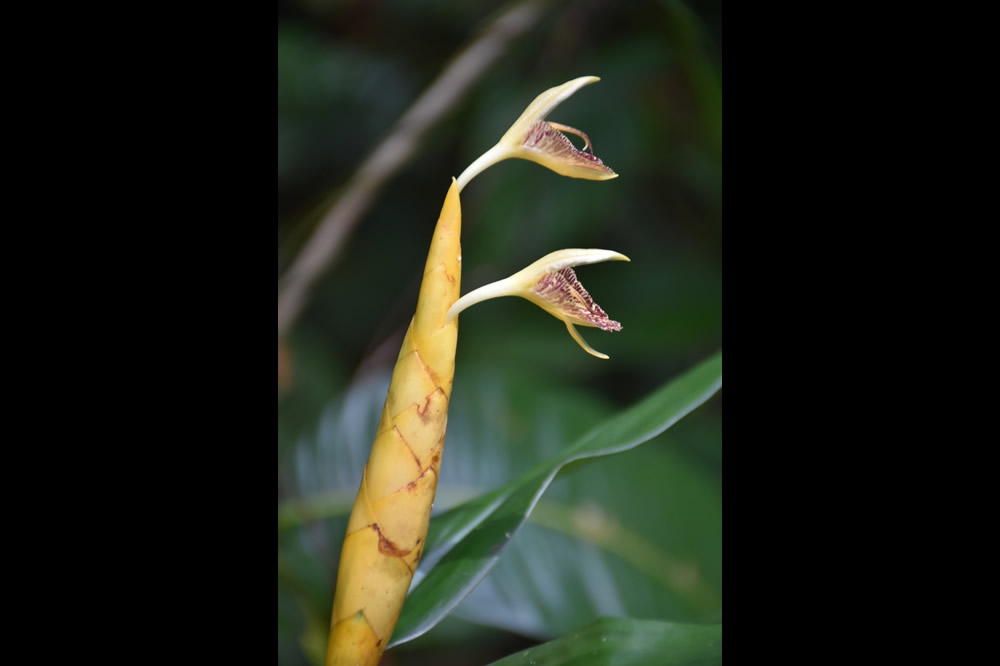
Zingiber flavofusiforme M.M.Aung & Nob.Tanaka
It is also a new species of the genus Zingiber discovered in the Htamanthi Wildlife Sanctuary in the Chindwin River Basin. Collaborator Dr. M. M. Aung was the first Burmese to give a plant a scientific name.
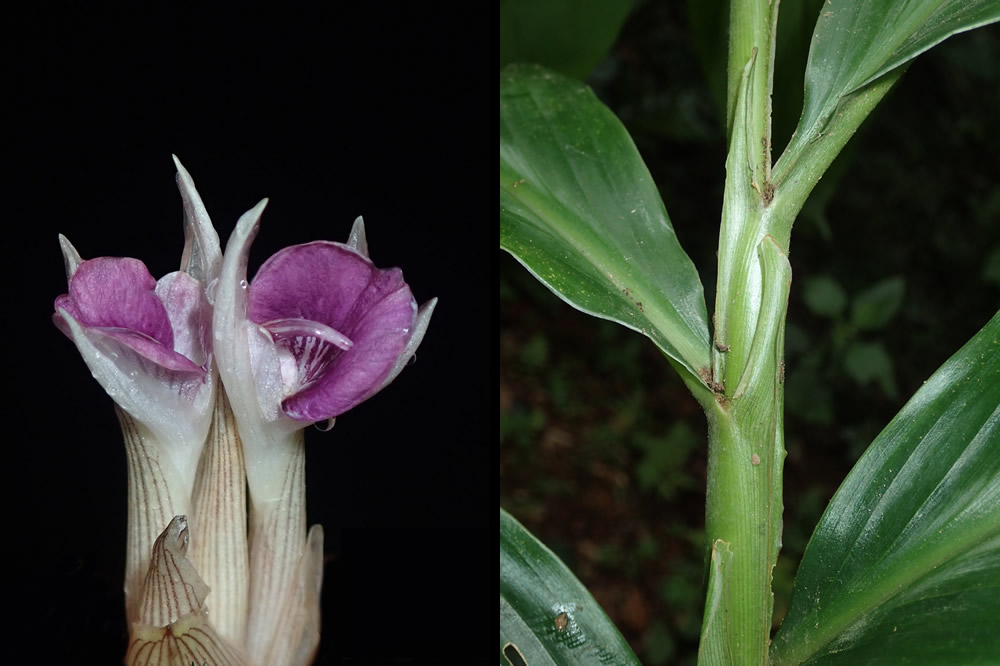
Zingiber procumbens Nob.Tanaka & M.M.Aung
This species was discovered from Kayah State, and described as a new species in 2022
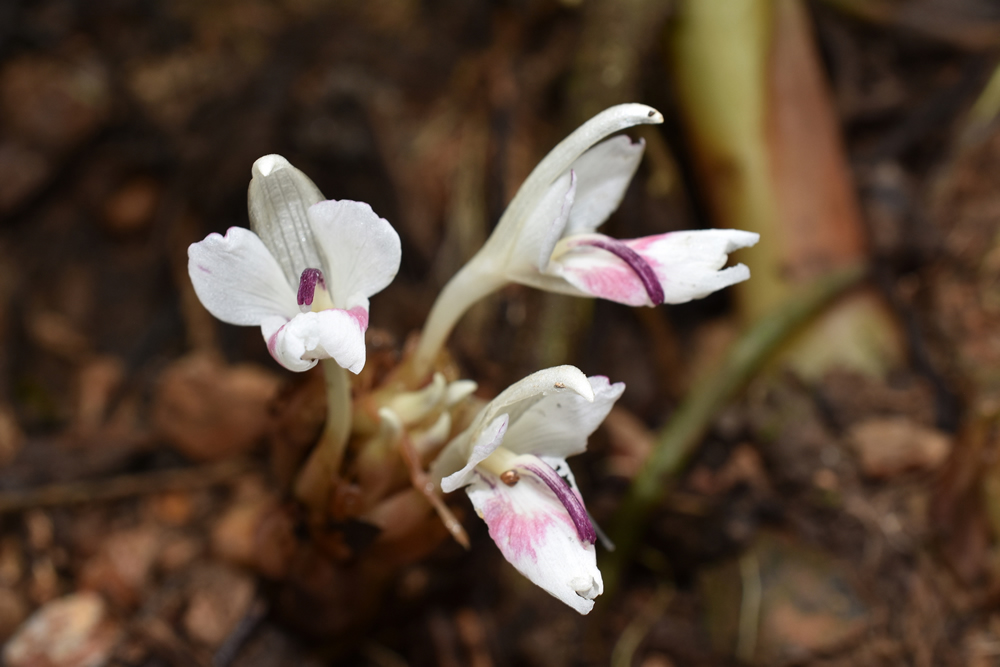
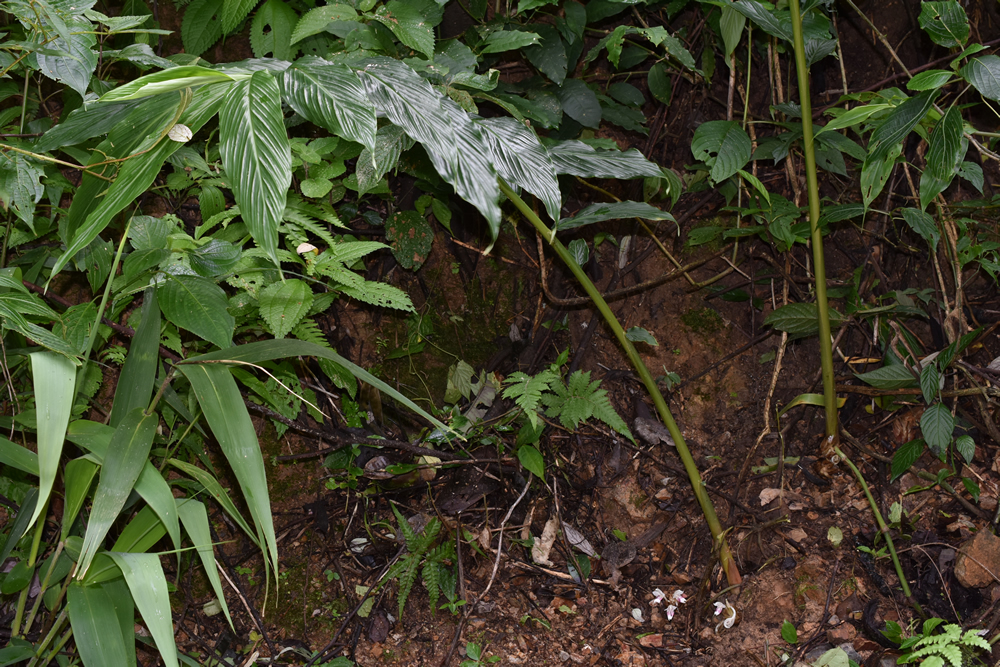
Zingiber prupreoalbum Nob.Tanaka & M.M.Aung
It was collected at ca. 1500 m elevation, in Karen Hills in Kayah State, and described.
2.Balsaminaceae
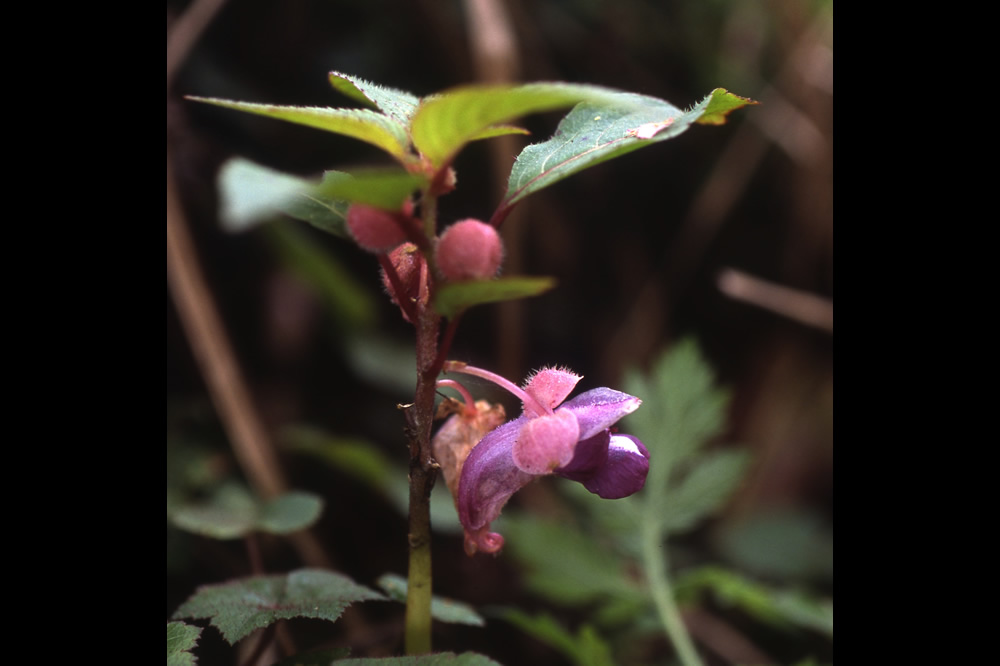
Impatiens kingdon-wardii Nob.Tanaka & T.Sugaw.
A new species of Impatiens found in Natma Taung (Mt. Victoria) National Park, Chin State. In the 1950s, a famous British plant hunter, Sir Kingdon-Ward, collected a specimen of this species when he surveyed the area, and it was kept in the British Museum of Natural History. The specific epithet is derived from Sir Kingdon-Ward, who collected the plant more than half a century ago.
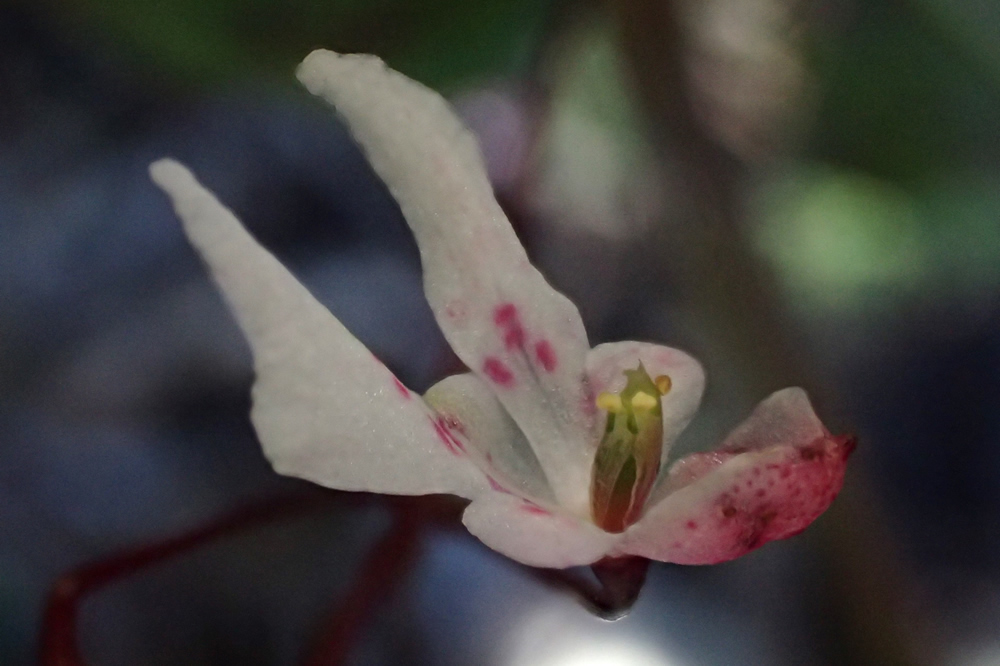
Impatiens radiata Hook.f. var. mindatensis S.Akiyama
Published in Bull. Natl. Mus. Nat. Sci., Ser. B, 44(4): 159-163.
3.Rafflesiaceae
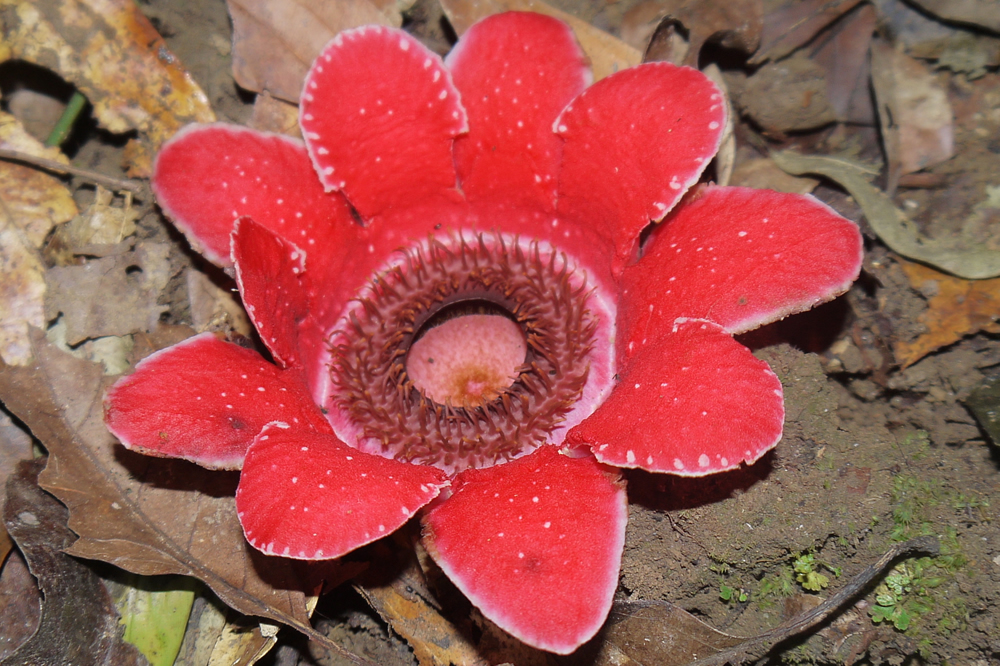
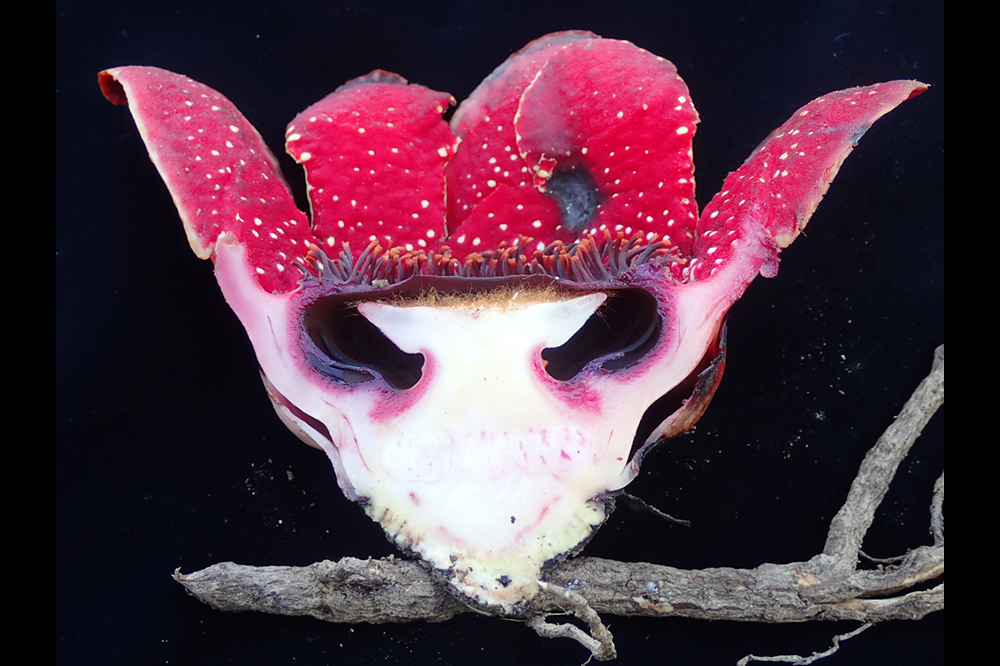
Sapria myanmarensis Nob.Tanaka, Nagam., Tagane & M.M.Aung
A new species, Sapria myanmarensis, was discovered in Mt. Zaron, Sagaing Region, northern Myanmar.
Bryophytes
Survey of aquatic moss in a pond
A survey of bryophytes in western Myanmar was conducted in 2017. There was a small pond in an evergreen broad-leaved forest north of Mindat, Chin State, consisting of Querucus semecarpifolia and Rhododendron arboreum at an altitude of about 2,400 meters. When I approached and looked into the water, I found that plants were growing on the bottom. It looks like moss when I pick it up. It seems to be a species of the family Amblystegiaceae, which was the first species to see in this survey.
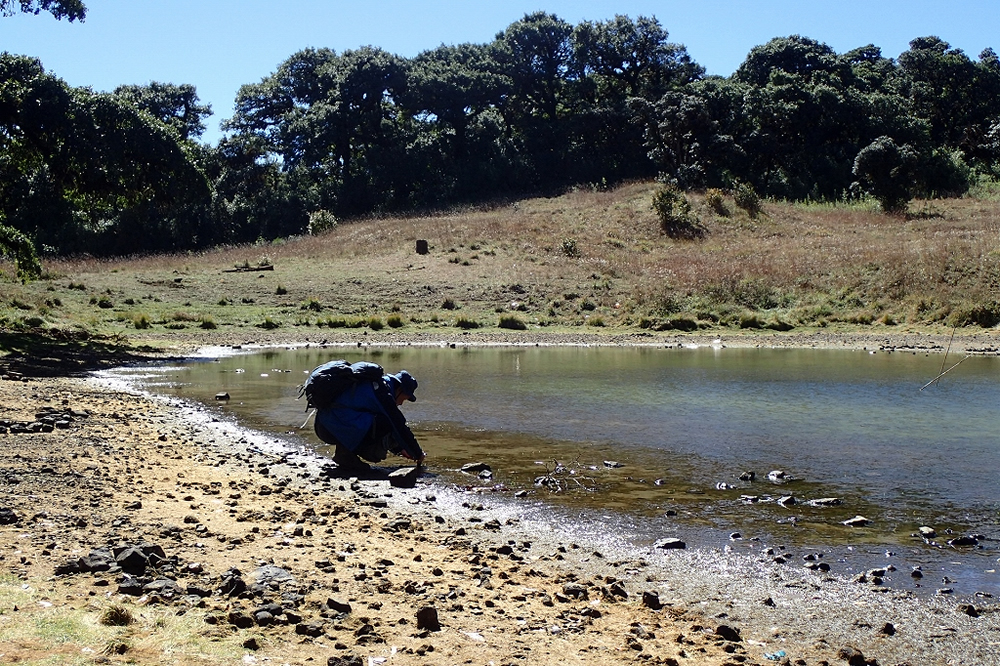
Survey of limestone area
A survey of bryophytes in eastern Myanmar was conducted in 2019. There are limestone hills and caves south of Loikaw, Kayah State at an altitude of 1,000 to 1,500 meters. I found many calcicolous species of the moss family Pottiaceae.
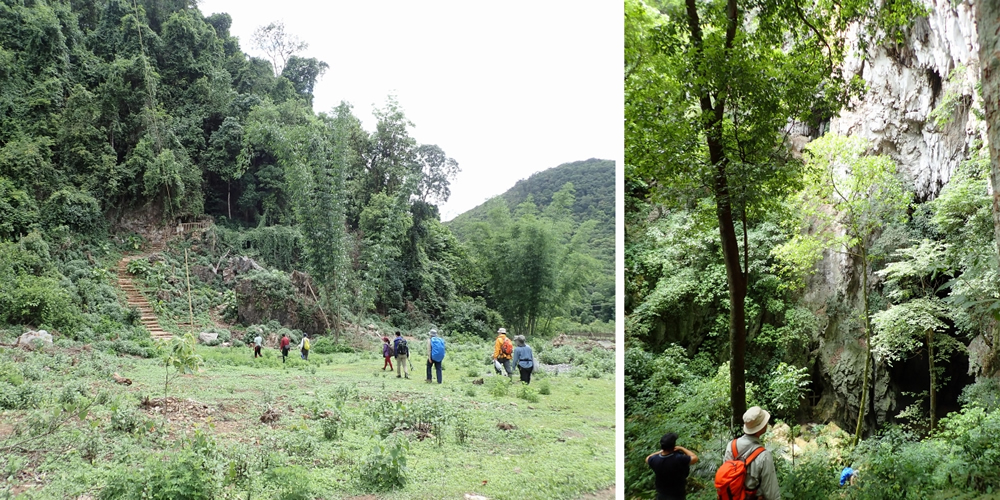
New record of Notothylas levieri Schiffn. ex Steph. from Myanmer
In 2017, in a survey of western Myanmar, Notothylas levieri Schiffn. ex Steph., Notothyladaceae, was found on road side cliff at an altitude of 1,840 m, south of Matpi, Chin State. This species, known from India, Nepal, Thailand and China, is reported as new to Myanmar. This species is characterized by the absence of a columella, dehiscence lines consisting of 4-8 rows of thick-walled cells, lining layer of the capsule wall with transverse, spiral or annular thickening bands, dark brown spores and elaters with spiral thickening bands. Details of the unique spore dispersal are described for the first time.
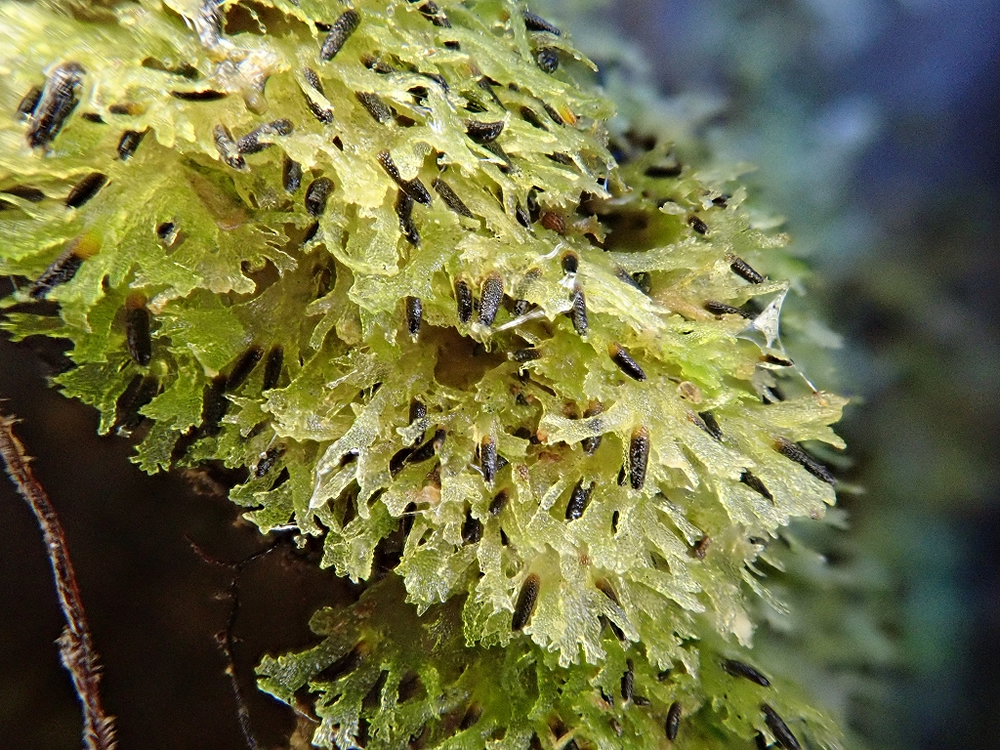
New record of Plagiothecium argentatum (Mitt.) Q.Zuo from Myanmer
In 2017, in a survey of western Myanmar, Plagiothecium argentatum (Mitt.) Q.Zuo was found in Quercus forest at an altitude of 2,520 m, north of Mindat, Chin State. This species is known to be distributed in the Himalayan regions of India, Nepal, Bhutan and China, and this discovery confirms the Himalayan element moss in Myanmar. It has been reported that the epidermal cells of the stems of this species consist of small thick-walled cells. When observing specimens from Myanmar, I have confirmed that there are some large, thin-walled epidermal cells which are one of the characteristics of the family Plagiotheciaceae.
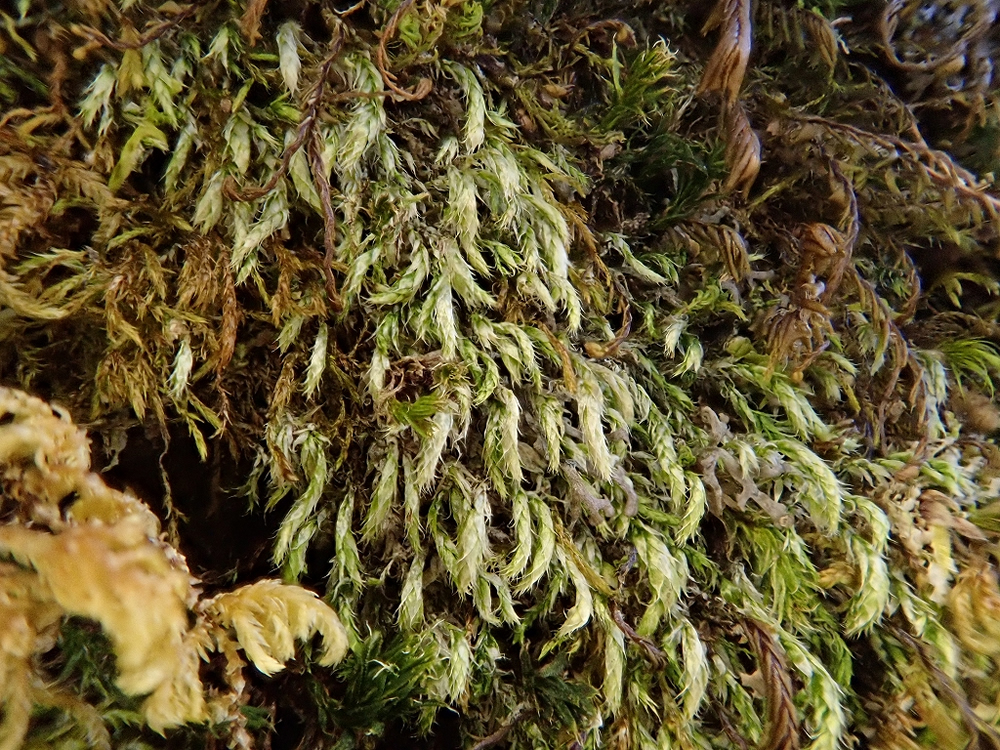
New record of Hymenostyliella llanosii (Müll.Hal.) H.Rob. from Myanmar
In 2019, during a survey of eastern Myanmar, Hymenostyliella llanosii (Müll.Hal.) H.Rob., Pottiaceae, was found on limestone cliff at an altitude of 1,000 to 1,500 m, south of Loikaw, Kayah State. This species, known from India, Thailand, the Philippines, Papua New Guinea, is reported as new to Myanmar. It is characterized by its strongly involute leaf margins, adaxially bulging-mamillose cells, and dentate leaf margins at upper part. The phylogenetic position of the genus Hymenostyliella is first inferred based on the Myanmar plants.
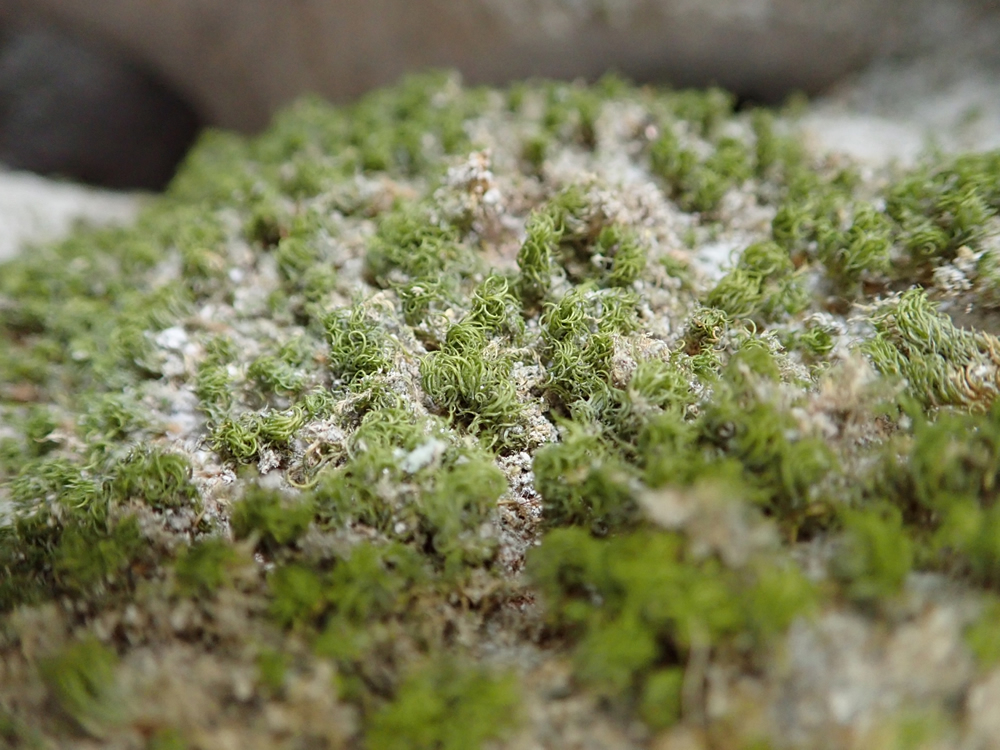
Chemical components from Amherstia nobilis (Fabaceae) and Sapria spp. (Rafflesiaceae)
Chemical components from Amherstia nobilis
Amherstia nobilis belongs to the family Fabaceae, and is endemic to Myanmar. The flowers are ca. 5 cm and orange to reddish orange. The species is called as “the most beautiful of all flowering trees” (Fig. 1). Twenty-seven aliphatic compounds have been found in the leaves of the species by GC-MS. However, other compounds including flavonoid and related polyphenols are not reported as far as we know.
In this survey, the flowers and leaves from the plants which are growing in Yangon University, Myanmar were used as plant materials. Three anthocyanins and eight flavonoids were isolated from the flowers and identified (Fig. 2). Anthocyanins were two cyanidin glycosides and one peonidin glycoside. However, although cyanidin is red pigment, flower color was orange to reddish orange. In general, anthocyanins turn to purple - blue in alkaline condition. On the other hand, the pigments change to orange - reddish orange in acidic condition. Practically, pH of vacuoles of the petals was pH 3.3. Thus, it was shown that the flower color of the species due to lower acidity of the petal cell saps (Fig. 3). Although wild population of A. nobilis in Myanmar is unknown, we presumed that unknown animals visiting flowers (probably birds), which tempted to reddish orange color, visit to the flowers. On the other hand, although flower flavonoids are apparently colorless, they have “color” in ultraviolet region. Since the insects and birds can discriminate UV, flavonoids also act as pollinator attractant.
Eleven flavonoids were isolated from the leaves of the species and identified (Fig. 4). Among these compounds, ten were not found in the flowers except for one flavonoid. The difference of flavonoid composition between the flowers and leaves may be the difference of their biological activities, e.g., the attraction of pollinators in flowers, and UV shields and defensive agents in leaves.

Fig. 1. Flower of Amherstia nobilis.

Fig. 2. Chemical structures of anthocyanins and flavonols from the flowers of Amherstia nobilis.

Fig. 3. In vitro reconstruction using flower pigments of Amherstia nobilis.

Fig. 4. Chemical structures of the flavonoids from the leaves of Amherstia nobilis.
Chemical components from Sapria species
The genus Sapria belongs to the family Rafflesiaceae. The family consists of three genera, i.e., Rafflesia and Rhizanthes in addition with Sapria (Fig. 5). They are mainly distributed in tropical area and holoparasitic to Tetrastigma species (Vitaceae). Sapria himalayana f. albovinosa and S. myanmarensis which were collected in Myanmar were used as plant materials. Three anthocyanins based on cyanidin, four flavonoids and six tannins (gallotannins) were isolated and identified (Fig. 6). Flower color of Sapria species is basically red. In this survey, it was first shown that the flower color is due to anthocyanins. Of these compounds, the contents of anthocyanins and flavonoids are comparatively little and may be present in epidermal cells only. On the other hand, tannins are detected in abundance, and may be contained in all cells. However, their biological activities are not known in Sapria species. The chemical compounds of Rafflesiaceae species were reported for the first time.

Fig. 5. Sapria myanmarensis discovered and described from Myanmar.

Fig. 6. Chemical structures of the phenolic compounds isolated from Sapria himalayana f. albovinosa and S. myanmarensis.
